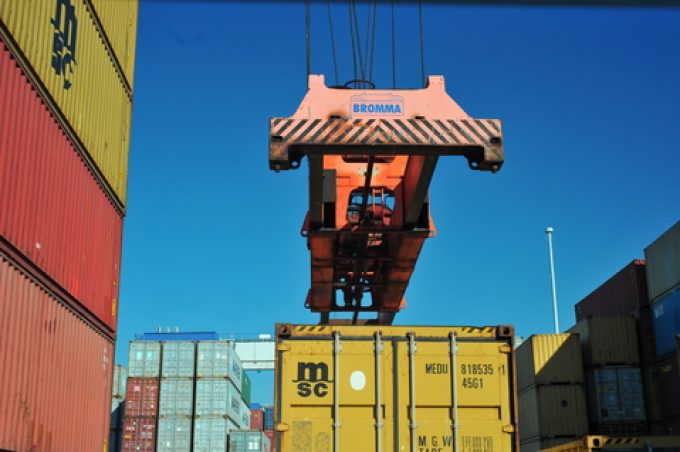CMA CGM switches box ship call to Chennai as Ennore struggles
CMA CGM has had to reshuffle a containership call that it routinely holds at Adani ...

Facing profitability setbacks after the recent steep freight rate downturns, container lines appear to be exploring other avenues to shore-up balance sheets.
In a sign of a new commercial strategy, MSC has substantially raised documentation charges for export shipments out of India.
From the end of this month, the carrier’s charges towards bill of lading (B/L) release are set to rise by some 60% above its current tariff levels and the scale of rates collected by other carriers.
According to a MSC (India) advisory, from 22 December its seaway B/L fee would increase to 6,500 rupees (about $80) per document, plus local taxes, reportedly from a current base level of 4,250 rupees.
The updated scale would be applied to “all export local and ICD (inland container depot) containers ex-India for all trades,” the Geneva-headquartered carrier said.
Other related charges, like container seal fees, would also rise, to $8 per box, which freight forwarder sources said now generally stand at $6 to $7.
In shipping parlance, a seaway bill of lading is non-negotiable, and typically done for pre-paid shipments of regular clients without the exchange of original documents.
To amplify, while a non-negotiable instrument in which the consignor specifies a single consignee who can receive the goods at the port of dischargem and thus facilitates faster clearance of goods; a negotiable document or instrument, on the other hand, allows the holder to transfer the title of ownership of goods to a third party, involving financing through bank letters of credit.
Local freight forwarder sources believe MSC’s move could trigger an industry-wide revision in documentation or shore-side service fees, as freight rate increase attempts have largely failed amid persistent demand headwinds.
Ancillary or local charges have, arguably, been a significant source of revenue for carriers, as each vessel call generally accounts for no less than 500 B/Ls for export loads alone on major Indian trade routes.
“Export/import documentation charges are a big money-spinner for shipping lines,” a Mumbai-based forwarder told The Loadstar.
“Other lines like Hapag-Lloyd or Maersk will not wait longer to hit the hot button, as this source mops up some solid income for them,” said the executive.
But such charges have had their share of controversy and pushback from cargo interests, recently prompting governments to impose regulatory frameworks to tighten the noose around increasing export/import costs.
For example, Dubai Maritime Authority (DPA) recently barred carriers and other freight intermediaries from collecting terminal handling charges (THCs) on behalf of customers or cargo owners, for payment to terminal operators, in an attempt to curb markups or margins on such collections by freight service providers.
Despite these regulatory efforts to bring transparency and visibility in shipping costs, it is very unlikely that shippers will ever be completely rid of them, as it is market forces which dictate pricing, according to industry observers.
You can reach the writer at [email protected].
Comment on this article